Affiliate links on Android Authority may earn us a commission. Learn more.
ASUS ZenFone AR hands-on: Tango, Daydream, 8GB of RAM, oh my!
CES 2017 is in full swing and some of the coolest smartphone announcements at the show are coming from ASUS. The Taiwanese manufacturer revealed a ZenFone 3 variant equipped with dual cameras and optical zoom, but it’s actually the ZenFone AR that really piqued our interest, thanks to a combo of great specs and advanced features from Google.
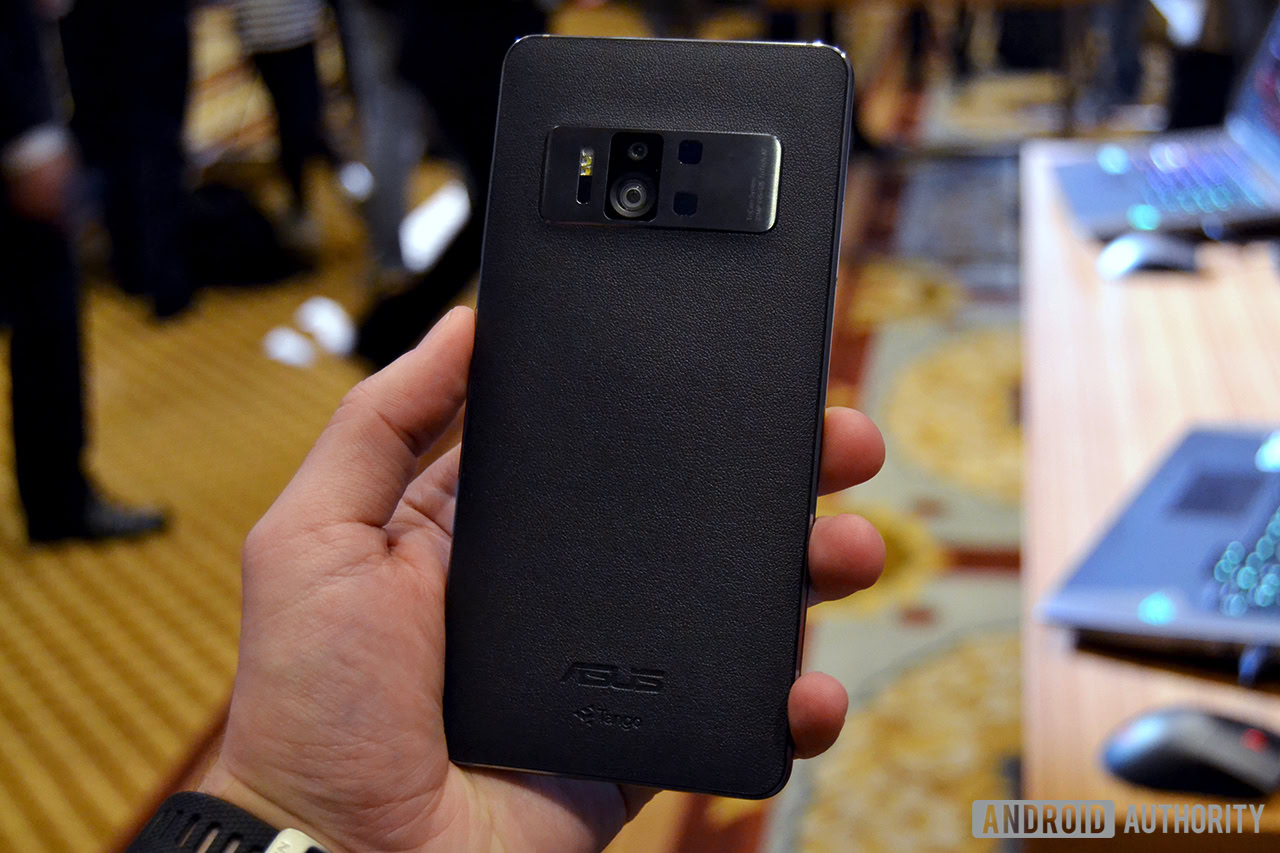
The ZenFone AR is the first high-end Tango phone (and the second overall, after the Lenovo Phab 2 Pro), the first phone that supports Tango and Daydream VR, and the first smartphone with 8GB of RAM.
That’s a lot of premieres, so let’s take a closer look at what the ASUS ZenFone brings to the table, live from CES 2017.
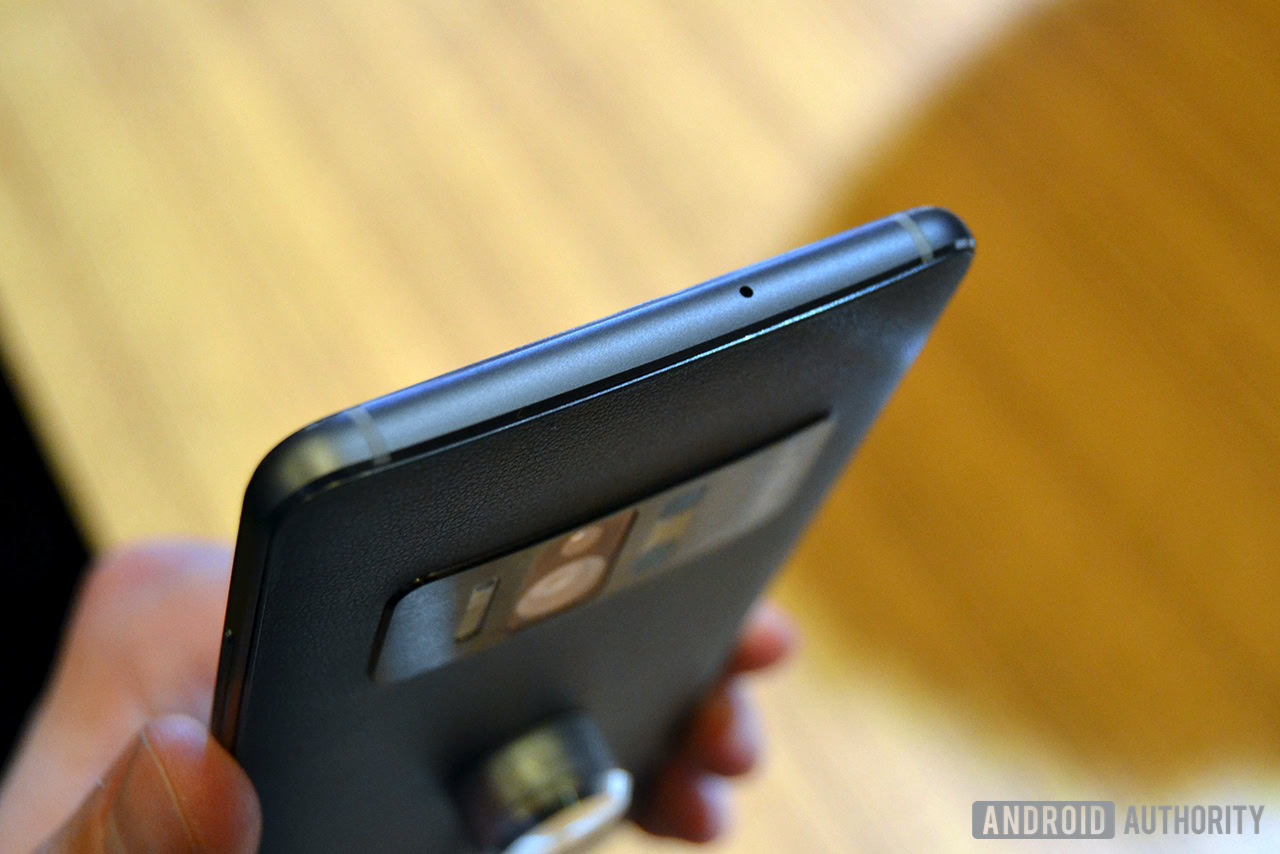
As mentioned, the ZenFone AR will be the second commercially available Tango-ready smartphone, but unlike the Phab 2 Pro the ZenFone AR is much sleeker looking, more manageable in the hand, and a lot less bulky.
The phone has a full metal frame that wraps around the entire perimeter of the phone and on the back there’s a very soft leather backing that feels extremely nice and also provides a lot of grip.
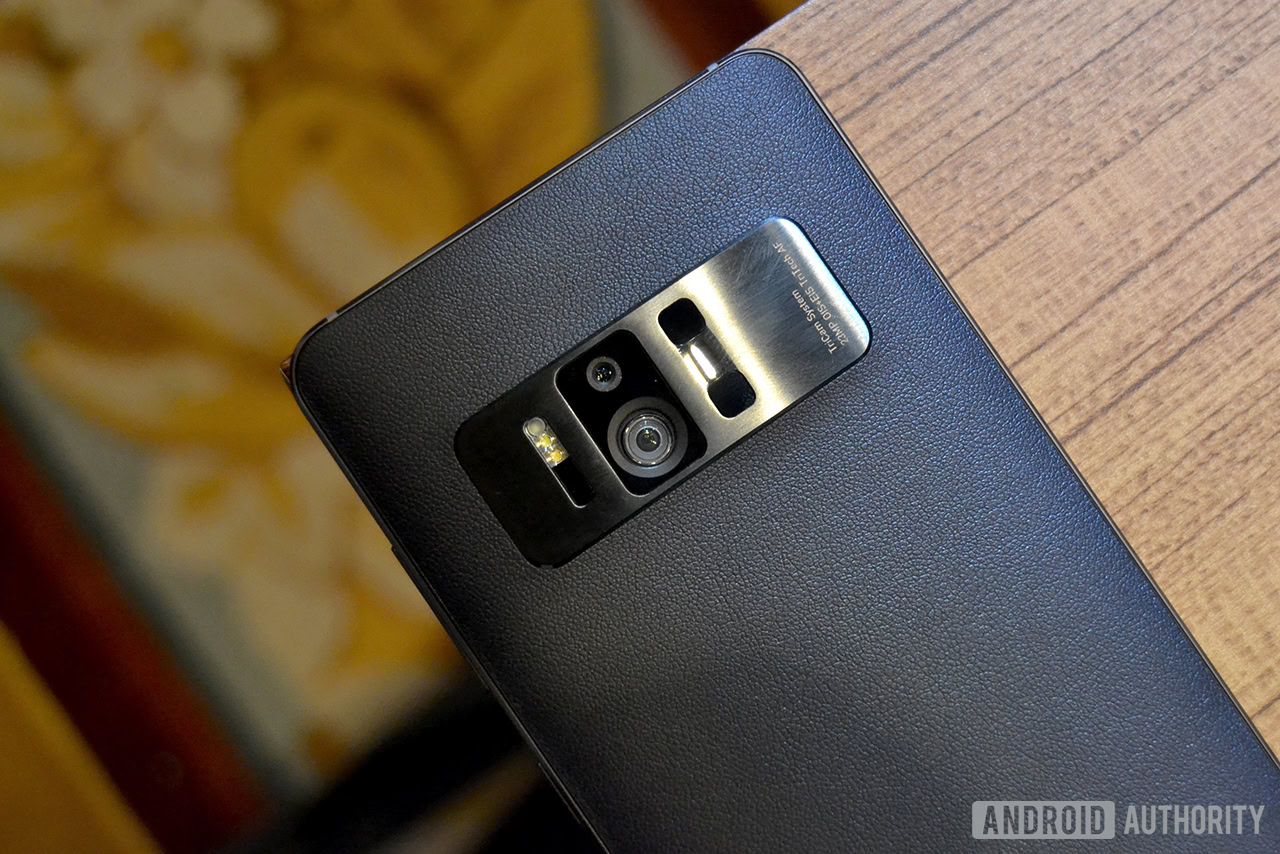
Also on the back is a 23MP camera, as well as the optical hardware needed to run Tango applications – this includes sensors for motion tracking and a depth sensing camera. The Tango module takes up the space where the fingerprint sensor is usually found on ASUS phones, so the sensor is now placed on the front, embedded in the physical home button, which is flanked by capacitive keys.
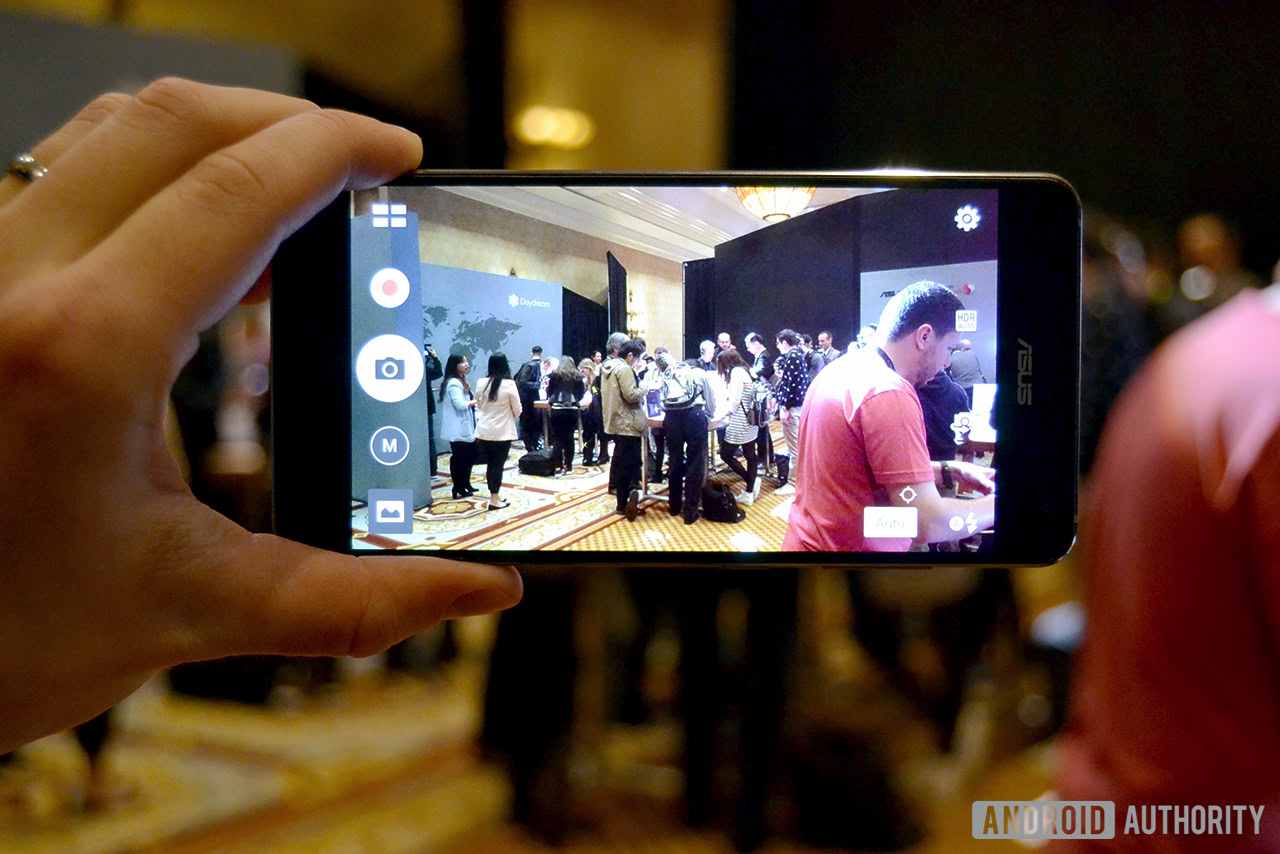
If you’re still somehow not familiar with what Tango is, here is a very brief explanation. Tango is an augmented reality (AR) platform created by Google. Born from Google’s advanced technologies labs, Tango eventually graduated last year to become a real product. Tango-equipped phones can understand the physical space, by measuring the distance between the phone and objects in the real world. In practice, that means Tango phones can be used for AR applications like navigating through in-door spaces, but also for more recreational purposes like games. There are currently over 30 Tango apps in the Play Store, with dozens more coming this year.
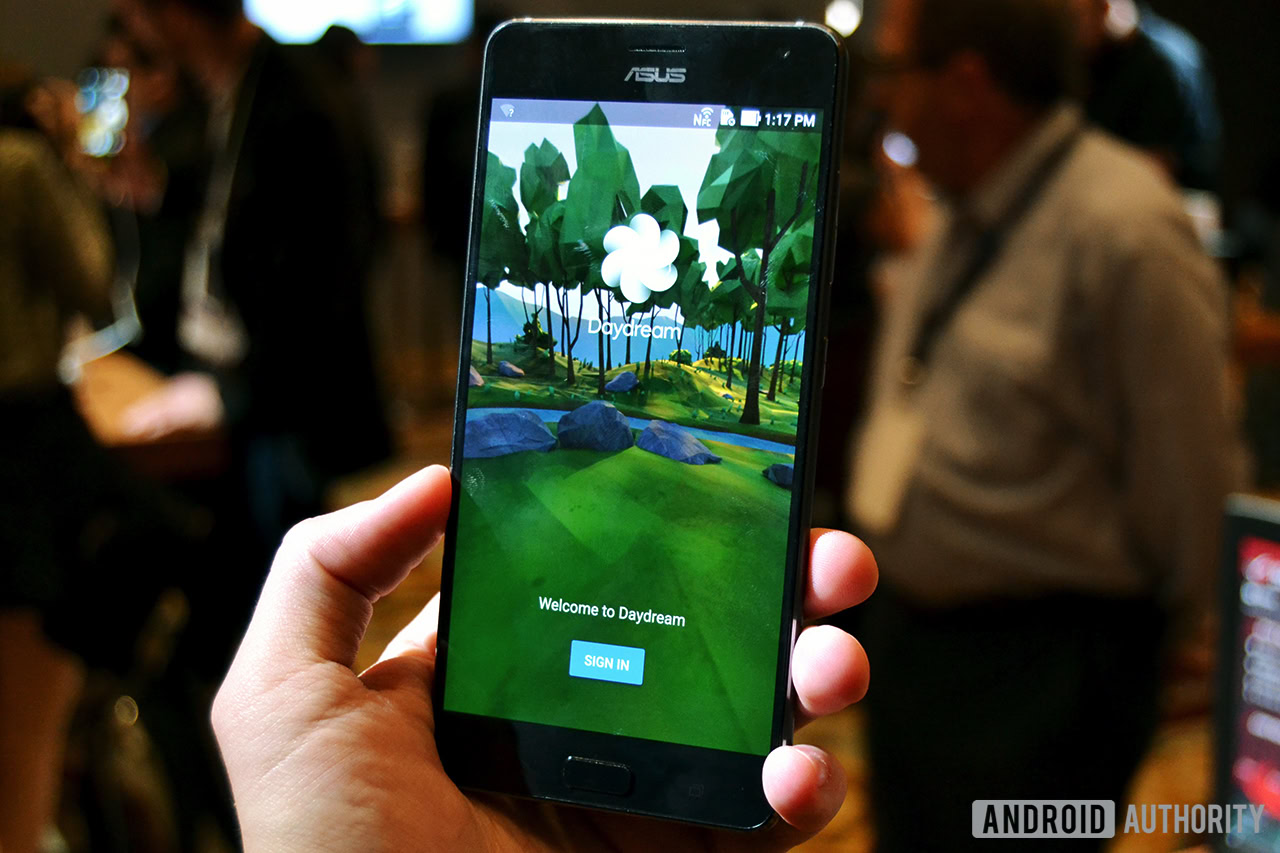
Besides Tango, ZenFone AR also supports Daydream VR, Google’s virtual reality platform for mobile devices. As such, it’s compatible with Daydream View and other Daydream headsets and you’re pretty much guaranteed to have a good time using mobile VR applications on it.
The phone has all the specs you’d want on a VR-focused device, including a large, bright, and beautiful 5.7-inch Super AMOLED screen with Quad HD resolution and a Snapdragon 821 processor inside (sadly, it won’t get the brand-new Snapdragon 835, as we were hoping). The ZenFone AR will come with either 6GB of RAM or a whopping 8GB of RAM, a first for any smartphone.
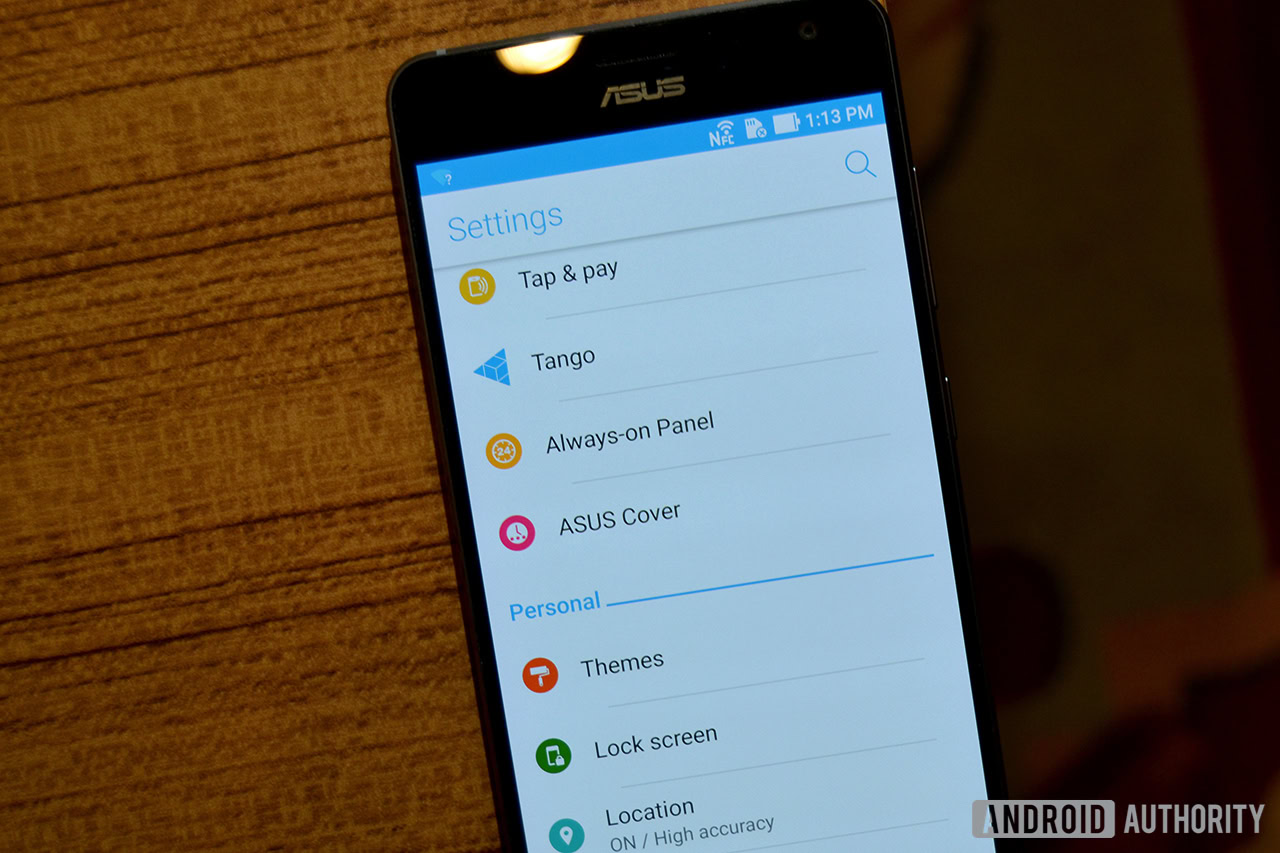
All those hardware features will tax the system, so the ZenFone AR includes a vapor cooling system to help prevent the phone from overheating when using its AR and VR capabilities.
As all Daydream-ready devices, the ZenFone AR is running Android 7.0 Nougat, but not without ASUS’ ZenUI customizations on top of it.
You can expect to see the ZenFone AR released in the second quarter of this year (April-June), but exact pricing and availability are still to be confirmed. The ZenFone AR is definitely shaping up to be a very interesting device, especially with both Tango and Daydream inside. The specifications – and especially the 8GB of RAM – make us curious to see how the ZenFone AR performs in real life. We’ll definitely pick it up for further testing once its release date approaches.
Meanwhile, keep it tuned to our YouTube channel and visit our CES page for all the latest from Las Vegas, and also tell us what you think about the ASUS ZenFone AR!